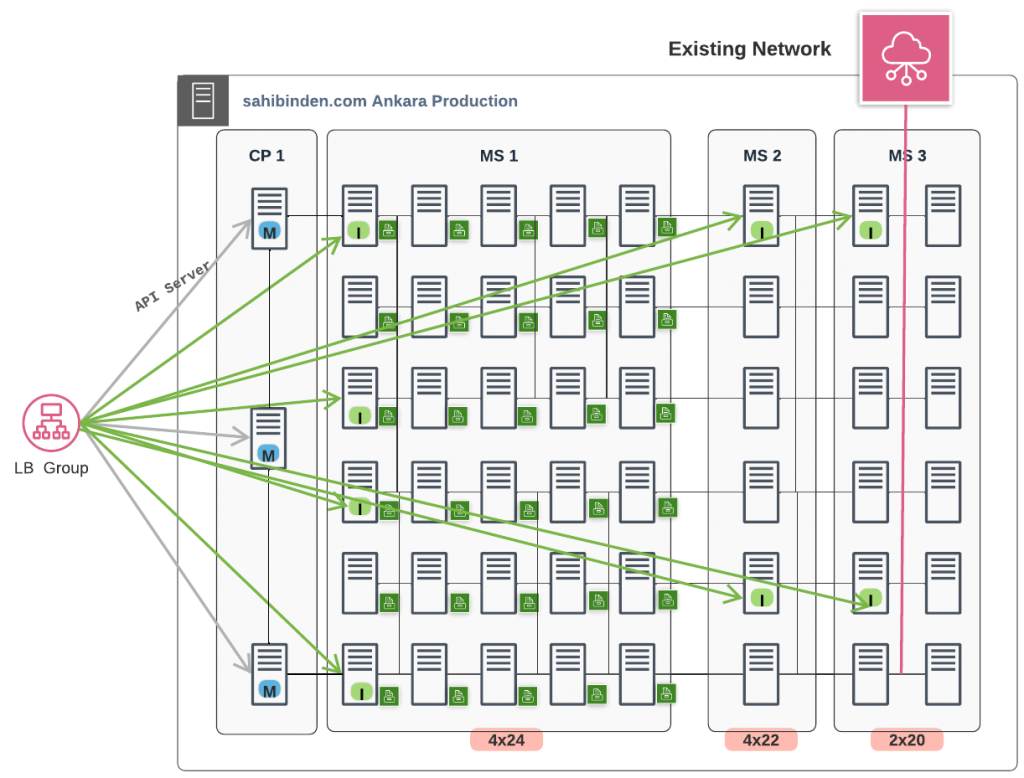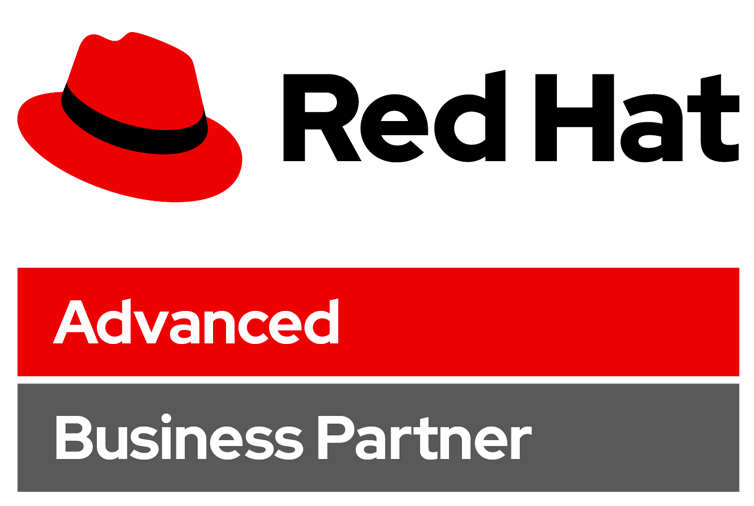What’s New in OpenShift Virtualization 4.10
Red Hat announces the release of OpenShift Virtualization 4.10. This is an important milestone in the virtualization strategy, with key development from the upstream KubeVirt community as was previously announced at the Red Hat Summit.
What customers say about OpenShift Virtualization
You may have heard about one or two of our favorite global financial customers, the rocket scientists, or a global telco, doing fantastic things with VM workloads on OpenShift.
Red Hat is now able to share one of their largest success stories from Sahibinden. They have been in production for almost a year!
OpenShift Virtualization at scale
Sahibinden transformed their entire applications platform from their previous traditional virtualization solution, to a large-scale OpenShift bare metal cluster with OpenShift Virtualization and OpenShift Data Foundation. This is a textbook proof point that customers can architect, deploy, and operate business critical workloads on bare metal; this was an amazing collaboration between Sahibinden and Red Hat. They transformed their existing infrastructure to a more modern, scalable and reliable hybrid platform, while improving and accelerated IT service delivery to enhance developer experience.
Sahibinden improves their scalability, flexibility and reusability with a unified compute platform.
What’s New
Easier administration and greater observability
Enhanced virtual machine workflow management
OpenShift provides a combined view and operations around containers, virtual machines and serverless workloads. For those who exclusively manage VMs, we’ve improved the overall admin experience by providing top consumers overview, detailed VM statistics, and aggregate views.

Gain insight into your virtualized workloads
If you deploy RHEL guests, you can be sure you deploy the latest version by automatically updating the base image for your VM templates.
Service mesh support for virtual machines
We’ve extended support for VMs with Red Hat OpenShift Service Mesh with the same security, observability, and traffic management features as any other application or pods.
Ready for your critical workloads
Additional hybrid cloud footprint support
To provide platform consistency and the ability to run the same workloads in both public clouds and on-premises, we currently offer OpenShift Virtualization on AWS bare metal instances as a tech preview feature. This release adds a tech preview for IBM Cloud bare metal instances. We continue to collaborate with additional cloud vendors based on customer needs.
Sharing is better [vGPU tech preview]
Virtualized applications on OpenShift can now share GPU resources. The vGPU feature slices a single GPU into multiple instances, enabling all kinds of GPU workloads from desktops to AI/ML and onwards.
Smaller is better
For edge deployments with single node OpenShift deployments, we’ve optimized resource consumption, allowing for a smaller footprint in constrained deployments.
Enterprise capabilities for all
Enhanced data protection
To simplify data protection, this release integrates VMs with the OpenShift API for Data Protection (upstream Velero) for backup and restore. Disaster recovery workflows will be coordinated with Red Hat Advanced Cluster Management. We’re collaborating with our ecosystem partners to provide a comprehensive solution; we’ll share availability as soon as it’s ready.
Migration into OpenShift Virtualization at scale
It’s easy to bring your existing VMs in OpenShift through the Red Hat Migration Toolkits. OpenShift Virtualization currently supports warm migration from VMware and cold migration from RHV. With this release you are able to do warm migration of workloads from RHV, allowing efficient cutovers with minimal downtime. In a future release, you’ll also be able to migrate VMs from OpenStack into OpenShift.
And for your Microsoft Windows workloads
All versions of OpenShift are validated in Microsoft Windows Server Virtualization Validation Program (SVVP), ensuring full support of Windows guests by Red Hat and Microsoft.
Summary
OpenShift 4.10 with OpenShift Virtualization 4.10 continues our aggressive delivery of capabilities for all of your virtualized application workloads. It enables customers to accelerate their modernization and adoption of cloud-native technologies using GitOps principles, while ensuring VM based applications can continue to run the business.
 The Level Up Hour (E59) | Container and VM hybrid workloads
The Level Up Hour (E59) | Container and VM hybrid workloads
OpenShift Virtualization is included at no additional cost with all OpenShift subscriptions: OpenShift Kubernetes Engine, OpenShift Container Platform, or OpenShift Platform Plus.
There are specific offerings for on-premises bare metal deployments of OpenShift. Additionally, OpenShift includes entitlement for unlimited RHEL guests, making the economics of migration from other virtualization platforms more enticing
Upstream Project and Community
Red Hat initiated and continues to be a leading contributor to KubeVirt, the upstream CNCF project that users and vendors are adopting to integrate virtual machines in Kubernetes. We are also seeing additional companies choosing KubeVirt as a proven key technology. Our upstream-first approach keeps everything open, secure, and stable for even your most challenging enterprise workloads.









